
Do you have a question about the Siemens SIMOTION SCOUT and is the answer not in the manual?
| Product type designation | SIMOTION SCOUT |
|---|---|
| Operating System | Windows |
| Programming Languages | FBD, MCC |
| Communication Protocols | PROFINET, PROFIBUS, Ethernet |
| Project Management | Integrated project management |
| Functions | Motion control |
Document validity for SIMOTION SCOUT V4.5 and CamTool.
Lists manual sections and their content overview.
Overview of SIMOTION documentation packages for V4.5.
Contact and support information for SIMOTION users.
Safety instructions and residual risks for safe operation and parameterization.
Guidelines for protecting plants against cyber threats and maintaining security.
Risks of infection from removable media and protective measures.
Describes the manual's scope and other relevant catalogs.
Overview of SIMOTION SCOUT, its functions, and integration into SIMATIC TIA.
Details the three hardware variants: SIMOTION D, P, and C.
Explains available programming languages like MCC, LAD/FBD, ST, and DCC.
Describes the CamEdit tool for curve creation and cam geometries.
Introduces CamTool for graphical cam creation and optimization.
Explains how technology packages expand SIMOTION SCOUT functionality.
Describes CLib Studio for creating custom functions and blocks.
Lists minimum system requirements for installing SIMOTION SCOUT.
Steps to install SIMOTION SCOUT and its prerequisites.
Procedures for uninstalling SIMOTION SCOUT and its standalone version.
Information on installing and managing software licenses for SIMOTION SCOUT.
Overview of the SIMOTION SCOUT workbench and its components.
Describes the workbench's working area and active functions.
Explains the project navigator and how to create elements.
Details static and dynamic menus within the SIMOTION SCOUT interface.
Lists menu items and their corresponding keyboard shortcuts.
Provides an overview of keyboard assignments and shortcuts.
Explains how to use context menus for quick access to functions.
Describes the detailed view and its various tabs for element information.
Information on setting the software language in SIMOTION SCOUT.
Guide to using the context-sensitive online help system.
How to integrate additional functionality via add-ons.
Outlines the steps required to configure a machine or plant using SIMOTION SCOUT.
Instructions for setting basic software options via the Options > Settings menu.
Covers project creation, saving, compiling, and management within SIMOTION SCOUT.
Steps for adding and configuring SIMOTION devices, including hardware and interfaces.
Detailed guide on creating and testing axis technology objects.
Explains how to use programming languages like MCC, LAD/FBD, and ST.
How to define the chronological sequence of tasks for program execution.
Using the ProjectGenerator to create or update SIMOTION projects from templates.
Steps to configure language-dependent texts for messages and comments.
How to set read/write protection for program sources and libraries.
Procedures for backing up and restoring device variables using SIMOTION SCOUT.
Working with multiple users online on the same SIMOTION device.
Information on licensing runtime components and managing license keys.
How to rewrite the boot sector on a memory card for firmware updates.
Capabilities of SIMOTION SCOUT for controlling devices in online mode.
Steps to establish online/offline connections using access points and nodes.
How to switch SIMOTION devices between RUN and STOP operating states.
Procedure for performing an overall reset on a SIMOTION device.
How to set the internal clock of a SIMOTION device.
Process of downloading project data to the SIMOTION target system.
Archiving complete SCOUT projects onto memory cards.
Saving device data to a memory card or local hard disk.
Prerequisites and procedures for upgrading firmware or changing hardware platforms.
Steps for replacing SIMOTION devices or changing hardware platforms.
Using the device update tool for updating SIMOTION devices and projects.
Summary of diagnostic functions available in SIMOTION SCOUT.
How to use the diagnostics overview tab to view device status.
Comprehensive display of diagnostics results for individual SIMOTION devices.
Extended I/O diagnostics functions available in the address list.
Displaying motion input/output interconnections of technology objects.
Tabular overview of configured axes and their current states.
Support for commissioning and optimization using trace and measuring functions.
Listing and identifying connected devices via the Accessible nodes function.
Functions for controlling variables, program status, and breakpoints.
Comparing project objects online or offline for service work.
Generating reports on TOs, programs, units, and tasks in SIMOTION projects.
Using the web server for diagnostics and updates without an Engineering System.
Recommendations for working with the correct project for maintenance.
Points to consider when opening older projects with newer SCOUT versions.
Handling projects edited with different SCOUT versions and potential inconsistencies.
Implementing versioning for libraries and components with identifiers.
Actions to take and information to collect when a SCOUT crash occurs.
Slot rules for arranging modules within the SIMOTION hardware configuration.
Configuring cross-network transfer of information between networks.
Connecting HMI devices to SIMOTION for operator control and monitoring.
Connecting SIMOTION devices to higher-level automation systems via MPI or PROFIBUS.
Required TCP ports for enabling Ethernet access to SIMOTION/SINAMICS.
Information on compatible hardware, software, and version combinations for SIMOTION.
Details on storage media used for SIMOTION devices and retentive data.
Integration and usage of SIMATIC Manager, Logon, and Version Trail with SIMOTION.
Using NetPro for network configuration, communication, and subnet setup.
Overview of HMI panels and systems recommended for SIMOTION.
Description of Drive ES as an engineering system for Siemens drive technology.
Using STARTER for commissioning, optimization, and diagnostics of Siemens drives.
Introduction to CamTool for graphical cam creation and optimization.
Overview of the Drive Control Chart (DCC) programming system.
Information on quantity structures for various SIMOTION devices.
Details memory requirements for technology objects and packages.
Using scripting for automating configuration and documentation tasks.
Step-by-step guide to creating an axis positioning program using MCC.
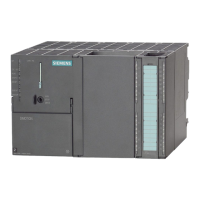
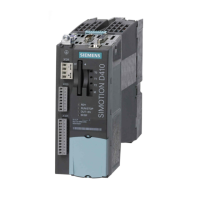


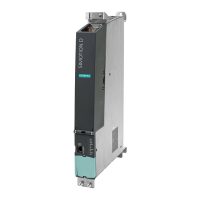
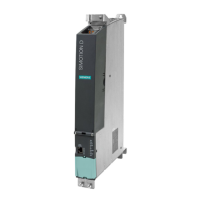

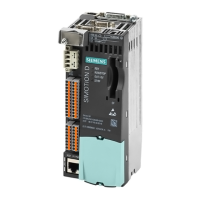



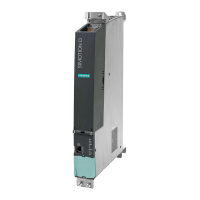
